We’ve all heard of the Vikings’ incursions in what are today France, Britain and Ireland. But did you know the Norsemen went as far as Constantinople, now Istanbul?
What were they doing so far from their homeland? How do they get there? And how do we even know that they were there?
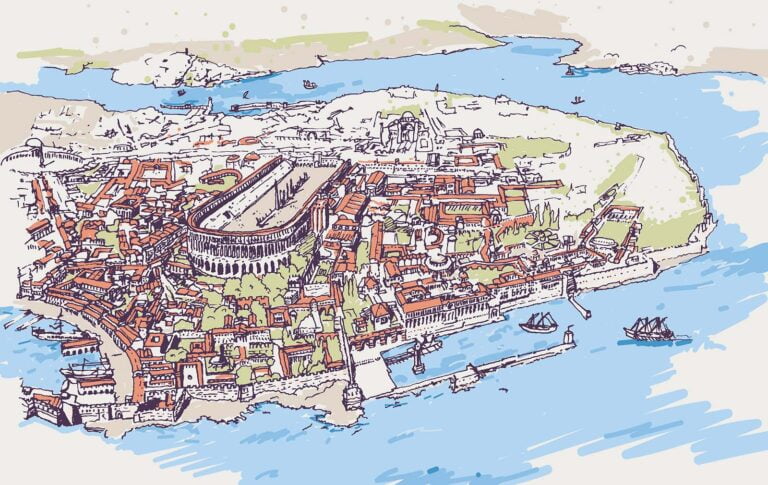
Join us as we explore this fascinating overlap between the history of the Vikings and the remnants of the Roman empire. It's a tale of war, trade and piracy.
The trading Vikings
Our anglo-centric history books teach us that the Vikings were raiders, coming to “our” shores to pillage and kill.
While that is in many cases accurate, it stops short of telling the whole story. In addition to raids, the Vikings were also in the business of colonization, conquest and, most of all, trade.
In the same way as regular people purchase goods from far away countries today, so it was for people in the medieval era.
Jewellery, silver, silk, wine and spices were just a few of the goods sought by Viking traders. In exchange, they could provide wood, iron, honey and fur from the North.
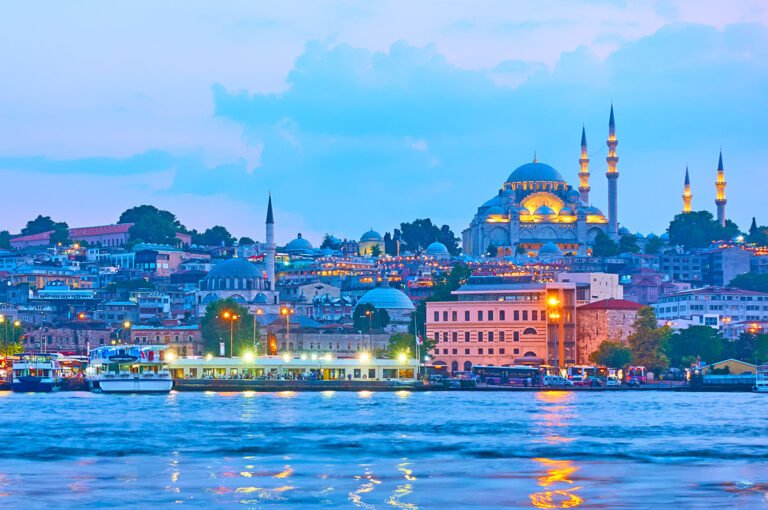
Another non-negligible part of their trade was in people: slaves that they acquired either through trade, by raiding, or through their justice system – the official punishment for certain types of crimes was enslavement.
Through trade and conquest came wealth, and the desire to go even further and find even more riches. This is how the Vikings got to places like Spain and modern day Turkey.
A network of rivers
The search for new riches through trade brought the Vikings further and further from home, and led them to establish outposts in modern day Poland, Latvia and Russia. Novgorod (Russia) is reported to be such an outpost, founded by legendary Viking ruler Rurik.
We know that certain types of Viking ships were perfectly capable of sailing on rivers. That being said, it is uncertain exactly what the vessels used by the Vikings to get to Constantinople looked like.
By sailing upriver from the Baltic sea, portaging for a relatively short distance and sailing downriver to the Black Sea, the Vikings had reasonably easy access to Constantinople. The fact that portage was involved tends to suggest that the vessels used were relatively small.
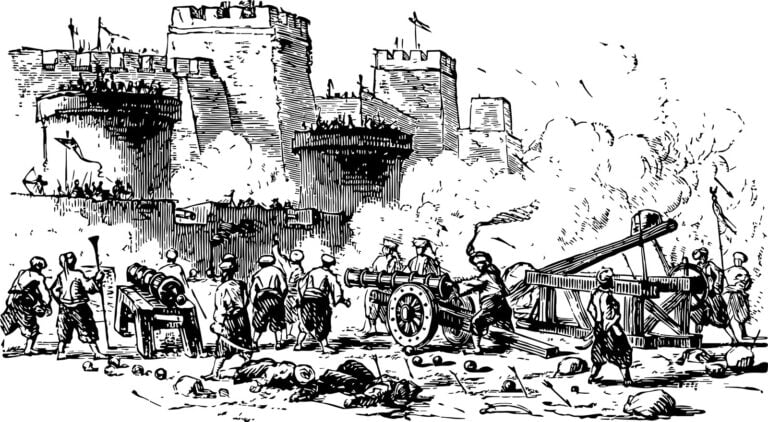
The Viking outposts in modern day Russia eventually led to a permanent presence. The Rus’ people, which is what we call the Vikings who settled in this area, are widely considered by scholars to have lent their name to modern day Russia. However, this view is not entirely uncontroversial among Eastern European scholars.
Miklagard: The Great City
The Vikings clearly admired Constantinople, based on the name they chose for it: Miklagard, which means “Great City”. Interestingly, the name survives to this day in Icelandic – Mikligarður – and Faroese – Miklagarður.
To Viking eyes, the capital of the Byzantine empire was an awe-inspiring place, with its majestic architecture and the riches brought by its strategic position at the European end of the silk road.
Read more: How a Brawl in 18th-Century Constantinople Changed What we Know About the Vikings
The relationship between the two civilizations was not altogether friendly. The Vikings laid siege to the city twice: first in the year 860 and again in 907. But by and large, the contact between the two was mutually beneficial.
The furs, honey and slaves traded by the Vikings were in high demand in Constantinople – and the plethora of goods accessible in the Great City was well worth the trip for the Vikings.

The Vikings’s reputation as capable warriors eventually earned them a place of honour as the Byzantine emperor’s guard. The Varangians, as they were called by the Byzantine, were in fact an unusual gift to the Byzantine emperor Basil II by Czar Vladimir (Valdemar) of Russia, in 980.
The 6,000 Scandinavian-Russian Vikings were incorporated into the emperor’s army as a single unit, and were the best-paid troops in the empire.
So well-paid actually, that in order to join this select group of soldiers, one had to bribe the right people. The Varangian guard served Byzantium for 300 years.
Proof of the Vikings in Constantinople
There is ample proof of Viking presence in Constantinople. Here is an overview of some of the most compelling evidence.
Archaeology
Archeological remains showing that the Vikings were present along the route to the Black sea have been found in Latvia, Russia and Poland. Large hoards of dirhams have been found in Sweden. These silver coins minted in North Africa and Central Asia were prized by the Vikings used for trade in Eastern Europe (including Constantinople).
More recently, archaeologists found the remains of a Viking neighborhood in the ancient city of Bathonea near Lake Küçükçekmece, in Istanbul.
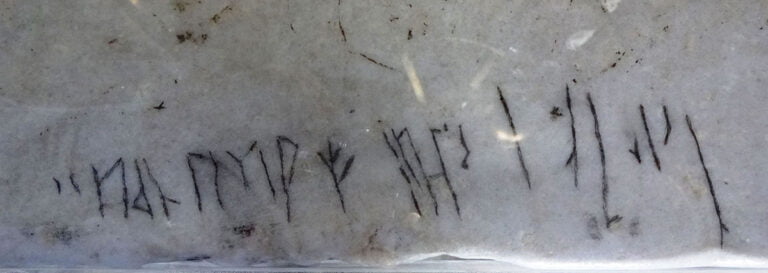
Runes
Also in Istanbul, there is runic graffiti in a gallery of the Hagia Sophia. They are mostly illegible today, but on one of them, one can make out “ftan”: the second part of the name “Halfdan”.
The end is mostly impossible to read but it is presumed that it follows the formula “so and so carved these runes”. In other words, “Halfdan was here”. Tourists have not changed very much through the ages it seems.
A large number of Viking runestones have also been found, mostly in Sweden, commemorating the exploits of the Varangian guard. Interestingly, some of these runestones include the Byzantine cross, an undeniable link to the eastern city.
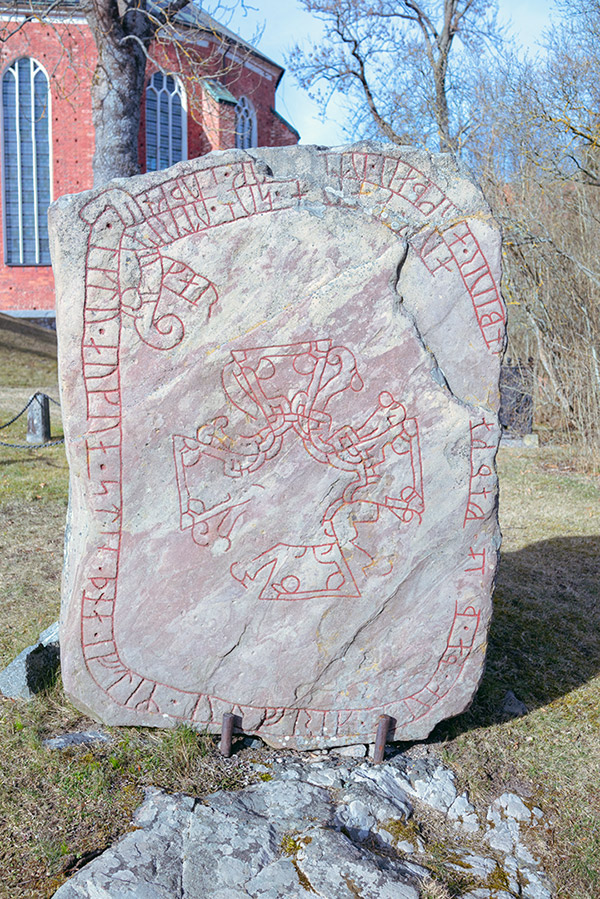
Even today, this link persists, in the coats of arms of the small Swedish town of Täby, which features a Byzantine cross.
Literary sources
The Vikings’ adventures in Constantinople/Miklagard (and on the way to the great city) are mentioned in many historical texts.
The Nestor chronicles, the Novgorod chronicles, the Ib Fadlan chronicles and the Ibn Rusta chronicles are a few examples. Their first attack on the Byzantine empire is also mentioned by Photius, patriarch of Constantinople.
The end of the Viking presence in Turkey
As is the case in Scandinavia, the Vikings never really went away, but just evolved into something else. Some of them left Constantinople to go back to Scandinavia, notably erecting some of the runestones mentioned earlier.
These were different Vikings, in many respects, than the ones who had migrated south. For one thing, they were not pagans anymore, but Orthodox Christians. Many remained in place however, and there are reports of people calling themselves Varingians in Constantinople as late as the 15th century.
These Vikings were eventually culturally assimilated to the local population. The same goes for the many Vikings who remained in modern day Ukraine, Russia, Poland and Latvia.
Did you know about the Vikings of Constantinople? Do you know of any other tales of Viking adventures far away from Scandinavia? Have you unexpectedly seen Viking artifacts in a museum located somewhere other than Scandinavia? Let us know in the comments!


As a history love person including Norwegen history l read very much attention from your articles.l supplyed your information about Viking s at İstanbul .All information about is reasonable.Now l have more information about Vikings.Thank You .l send You my idea about success your production. Greetings from Türkiye.
Read the book, Byzantium. It’s a historical fiction book of Vikings in Byzantium.
In the Icelandic Sagas they talk of the young coming back home after 4 ore 6 years. And those that returned had purpura red mantels. That only those that had been there had.
In Icelandic
Mikli – grate
Garður – wall, garden, City.
Konstantinopel had grate enormus wall’s. And multiple wall’s. Probably the first thing you had seen.
I took art history at the Univ. of Minnesota some years ago, and the “Hafdan was here” language analogy in the Hagia Sophia always stuck with me. Yes, a great many things about human tourists doesn’t change. I can just imagine Halfdan in a selfie today.
I am of Cypriot origin and I often wonder where I have my blue eyes and fair skin.
Could it be from viking times?
Make a DNA test to find out. I had mine and found a lost connection to the Nordics. 7% of my DNA comes from people who used to live around western Baltic sea, modern day Denmark, South Sweden and around the sea, like Polish coasts or southern Finland.
There is a great comic book series called Basil Basileus and in the first issue narrates the arrival of a Viking in Constantinople.